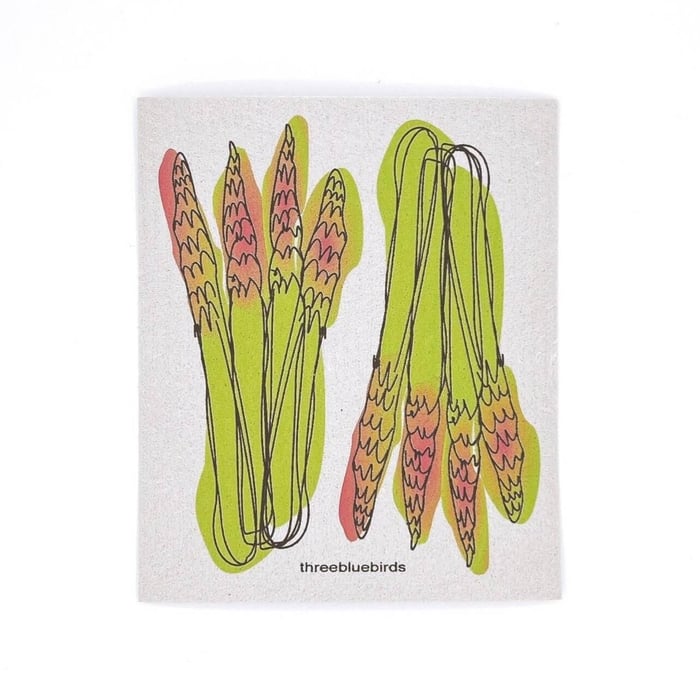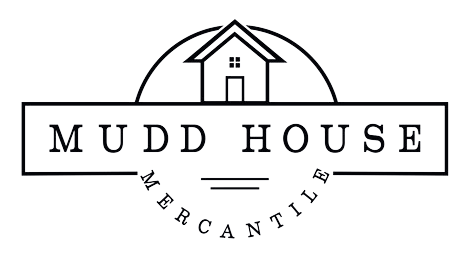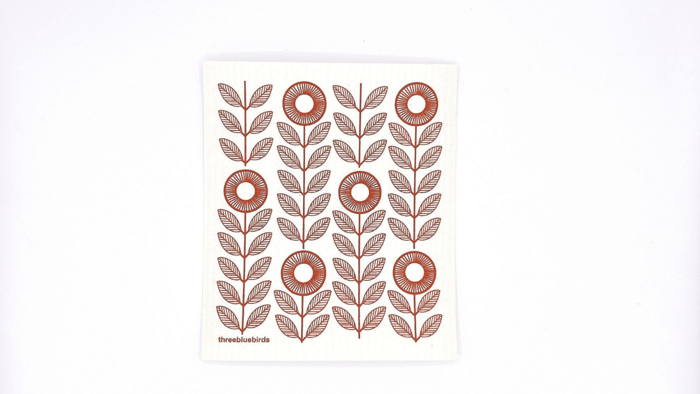If you've ever wondered "what is a Swedish dishcloth?" or "how do Swedish dishcloths work?", you’re in the right place. These little eco-friendly cleaning cloths have taken the sustainable home scene by storm—and for good reason. They’re tough, absorbent, reusable, compostable, and downright delightful to use.
Whether you're looking to reduce paper towel use or simply make your cleaning routine more sustainable, learning how to use a Swedish dishcloth is a smart step. It's a small change that can make a big difference in your kitchen—and might even make tidying up a little more satisfying.
Here’s everything you need to know about Swedish dishcloths—what they are, how to use and care for them, and why they’re one of the easiest zero-waste swaps you can make.
What Is a Swedish Dishcloth?
It is an eco-friendly cleaning cloth made from a blend of natural cellulose (derived from wood pulp) and cotton—typically 70% cellulose and 30% cotton. This unique combo creates a cloth that’s both super absorbent like a sponge and flexible like fabric.
First created in Sweden in the 1940s, this versatile cleaning cloth can absorb up to 15 times its own weight in liquid. It's long-lasting, dries quickly, and is fully compostable when it’s time to retire it. Best of all, one cloth replaces up to 17 rolls of paper towels—making it a serious eco-friendly upgrade.
How Do Swedish Dishcloths Work?
If you’re used to sponges or dish rags, Swedish cloths might surprise you.
These clever cleaning cloths are engineered to absorb liquid quickly and release it just as easily. When dry, they’re firm and flat—almost like cardboard. But add a little water, and they instantly soften into a pliable, cloth-like texture that’s ready to tackle just about any mess.
You can use them for:
- Wiping kitchen counters and appliances
- Washing dishes or drying glasses
- Scrubbing bathroom fixtures and tile
- Mopping up spills in seconds
- Cleaning mirrors and windows without leaving streaks
Because they dry fast, they’re less likely to trap moisture and odors—meaning fewer germs and a cleaner home.
How to Use a Swedish Dishcloth
Getting started is easy! Here’s how to make the most of it:
Step 1: Wet It
Run the dry cloth under warm water to soften it up.
Step 2: Wring It Out
Give it a quick squeeze so it’s damp but not dripping.
Step 3: Wipe Away
Clean any surface you’d use a sponge or paper towel on.
Step 4: Rinse and Repeat
Give it a rinse if switching between tasks or areas.
Step 5: Let It Dry
Hang it over the faucet, lay it flat, or drape it on a rack.
How to Clean and Care for Your Swedish Dishcloth
To keep your cloth in good shape and germ-free, you’ll want to clean it regularly. Try any of these methods:
In the Washing Machine
Wash it with your laundry on a gentle cycle using cold or warm water. Skip the fabric softener to preserve its absorbency.
In the Dishwasher
Lay it flat on the top rack during your regular cycle.
In Boiling Water
For a quick refresh, boil the cloth in water for 1–2 minutes to sanitize it.
Always air dry your dishcloth. Avoid the dryer, which can cause it to shrink or lose durability.
How Long Do They Last?
Another question we hear a lot is: How long do Swedish dishcloths last?
The answer: 6 to 9 months on average, depending on how often and how hard you use them. Some folks replace them every 2–3 months for peak freshness, while others keep them going longer with proper care.
Once they’ve scrubbed their last spill and start looking a little tired, simply compost them. That’s right—cut them up and toss them into your compost bin where they’ll break down naturally. Zero waste, zero guilt.
How to Store
You’ve got a few in rotation, a few drying, and maybe a few new ones waiting for their debut. So, how to store Swedish dishcloths?
Here are some fun and functional ideas:
Hang by the sink using a small clip or suction hook.
Lay flat to dry on a clean counter or drying rack.
Designate cloths for specific rooms or tasks using color coding (kitchen vs. bathroom, etc.).
Keeping them dry between uses is key—this prevents mildew and helps them last longer.
Why Swedish Dishcloths Are the Best
If you haven’t figured it out yet, we’re kind of obsessed. Here’s why they are the best:
🧽 Super Absorbent: Can soak up spills like a sponge, but wipe like a cloth.
♻️ Eco-Friendly: Compostable, reusable, and replaces tons of paper towels.
🧼 Hygienic: Dries quickly so bacteria doesn’t fester.
💧 Streak-Free Cleaning: Perfect for windows, mirrors, and shiny surfaces.
🎨 Cute Designs: They’re way more stylish than a sponge.
 Swedish Dishcloth
Swedish DishclothCare Tips
Let’s wrap things up with a few essential care tips to keep your cloths looking and working their best:
- Rinse thoroughly after use.
- Wring out and air dry between uses.
- Wash regularly—either by machine, dishwasher, or boiling.
- Don’t use with bleach or harsh cleaners that can break down fibers.
- Avoid using on raw meat juices (use compostable paper towels or dedicated cloths for that).
- Rotate a few at a time and keep them in tip-top shape. With just a bit of love, your Swedish cloths will serve you well—and look cute doing it.
Where to Find the Best Swedish Dishcloths
Ready to ditch paper towels and level up your cleaning game? You’ll want the best Swedish dishcloths—ones that are ethically made, beautifully designed, and made to last.
At Mudd House Mercantile, we carry Swedish dishcloths that check all the boxes: sustainable materials, eye-catching patterns, and serious cleaning power. Our collection makes switching to a low-waste lifestyle simple and fun.
They make great gifts, too. Pair with a wooden dish brush or kitchen bar soap for an eco-friendly kitchen starter set!
Small Swap, Big Impact
At this point, you’ve got a solid understanding of Swedish cleaning cloths—what they’re made of, how they work, how to care for them, and why they’re a smart alternative to disposable options.
Whether you're looking to cut down on waste or make more thoughtful choices in your home, these dishcloths are a practical step in the right direction. They’re easy to use, built to last, and better for the environment.
Ready to make the switch? Start small, and let these reusable cloths become a staple in your daily routine.

